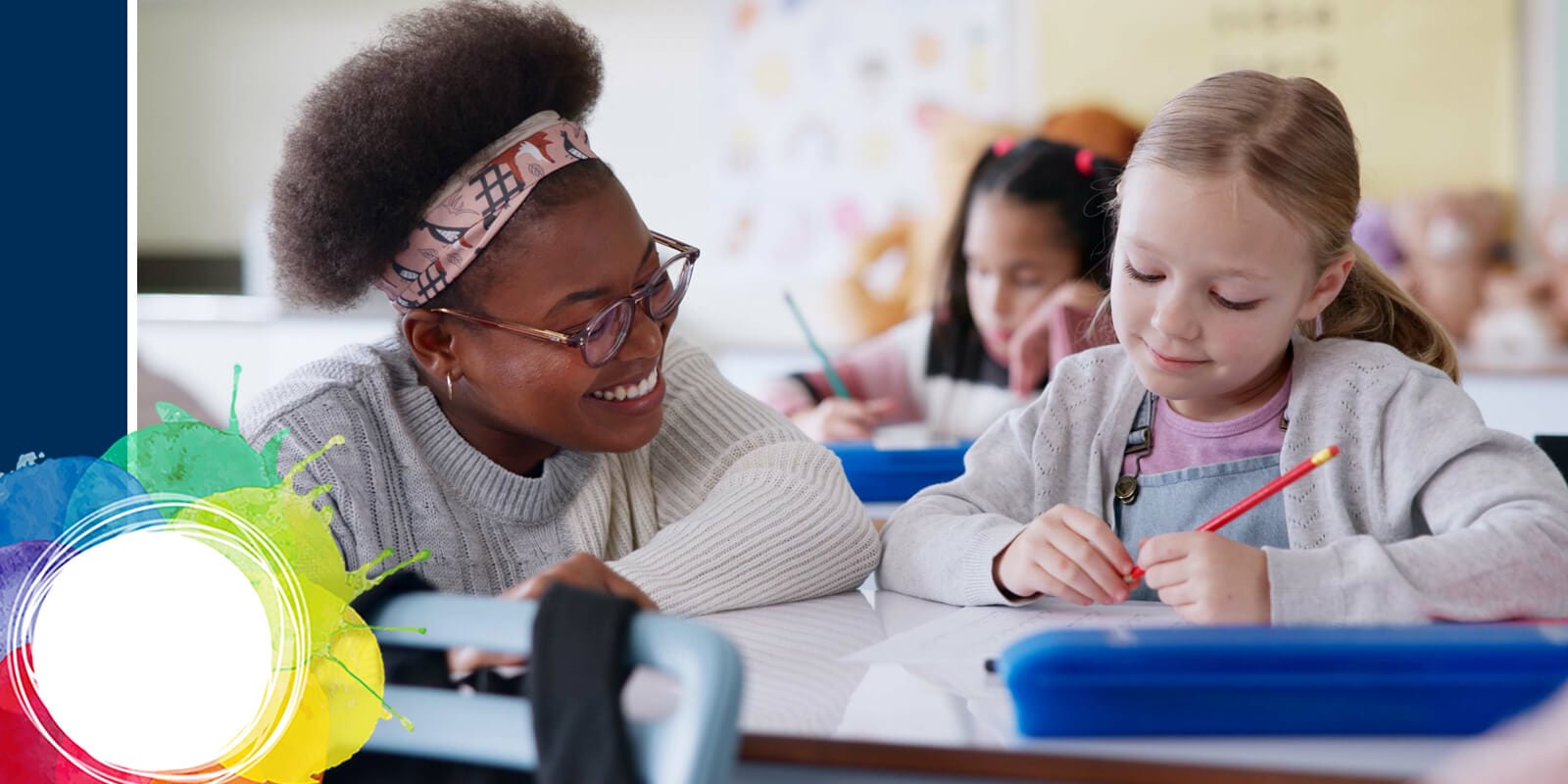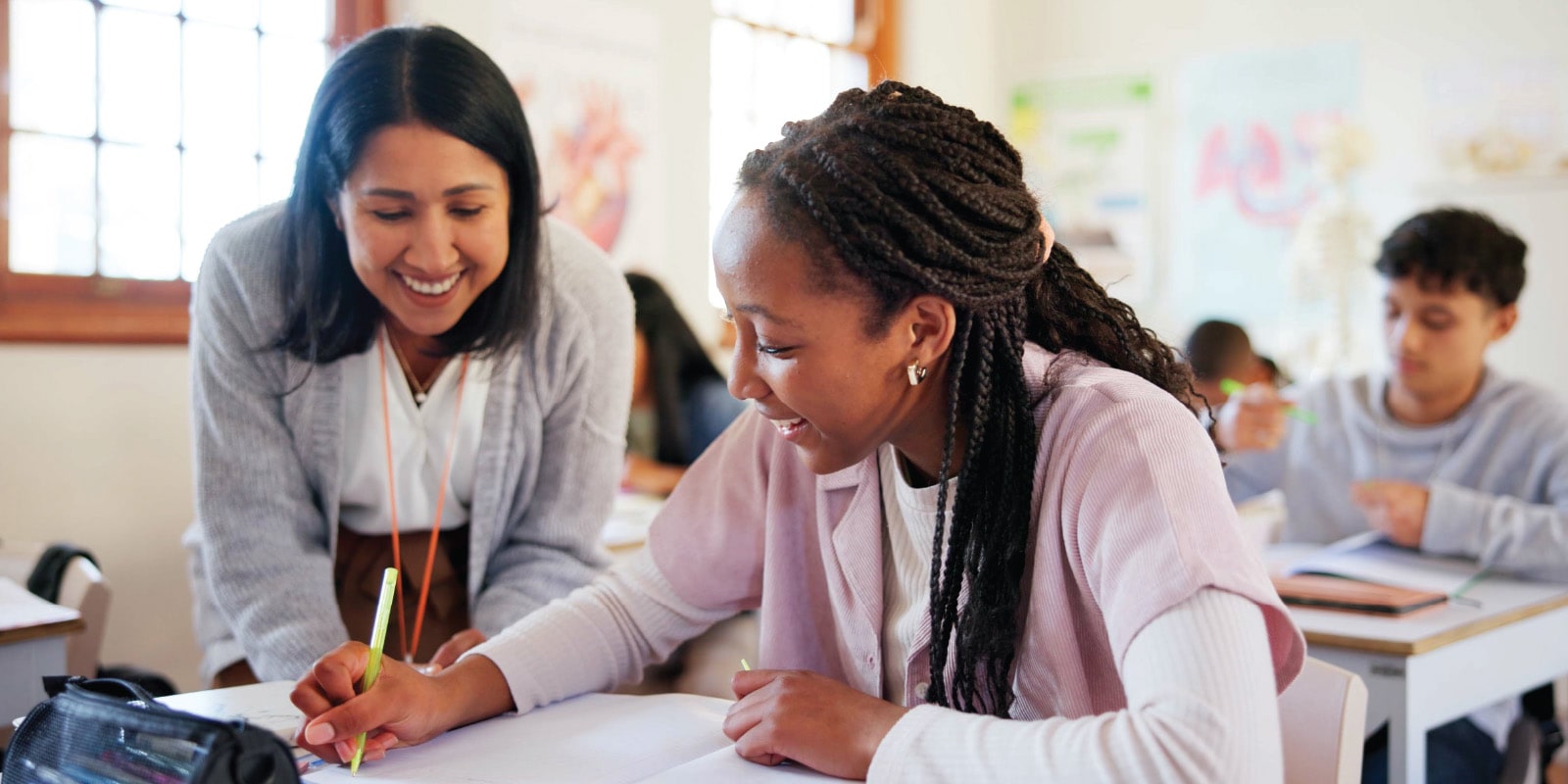Can AI help K-12 educators overcome the burdens of assessments?
by

Many K-12 educators have resisted using artificial intelligence (AI). But a new national survey from Pearson and K-12 Dive’s studioID shows a new eagerness to use AI-powered tools in one area: classroom assessments.
Seven in 10 (72%) respondents say they’re already using AI with assessments or plan to do so soon.
Why? The Pearson survey suggests they see AI as a way to ease some of their assessment burden.
Read more





